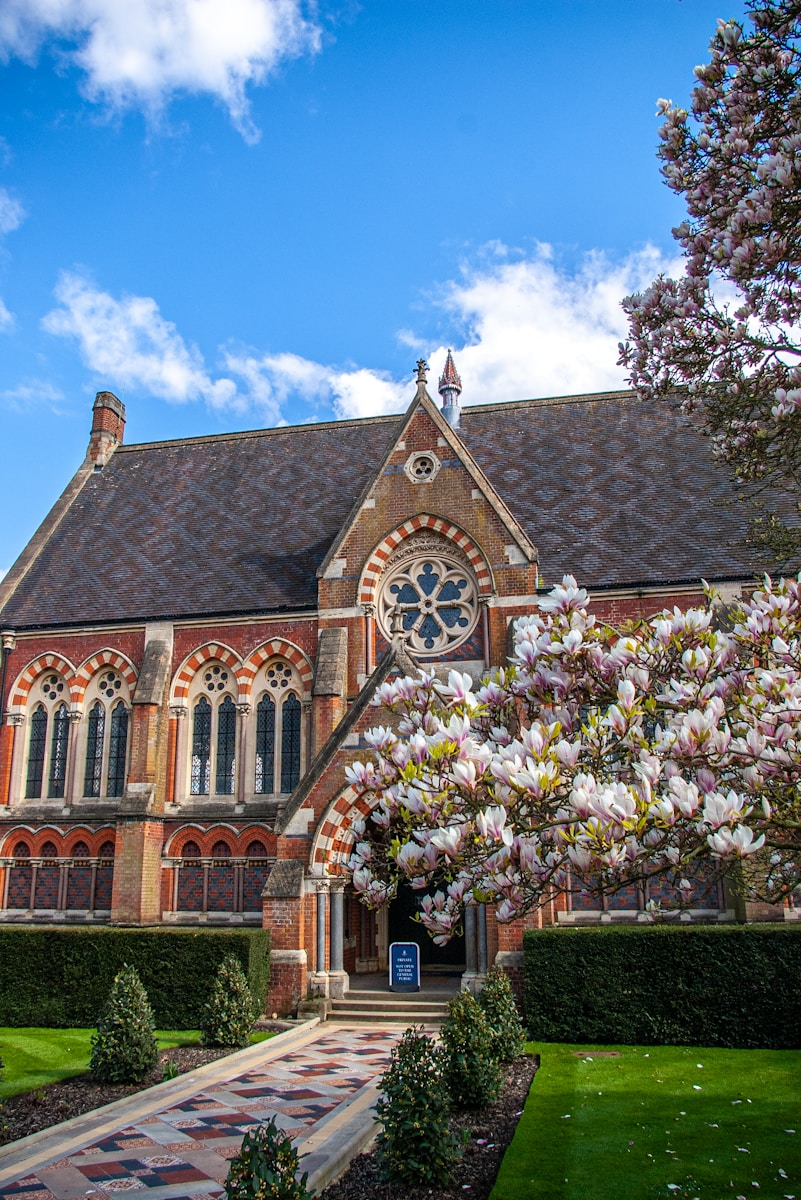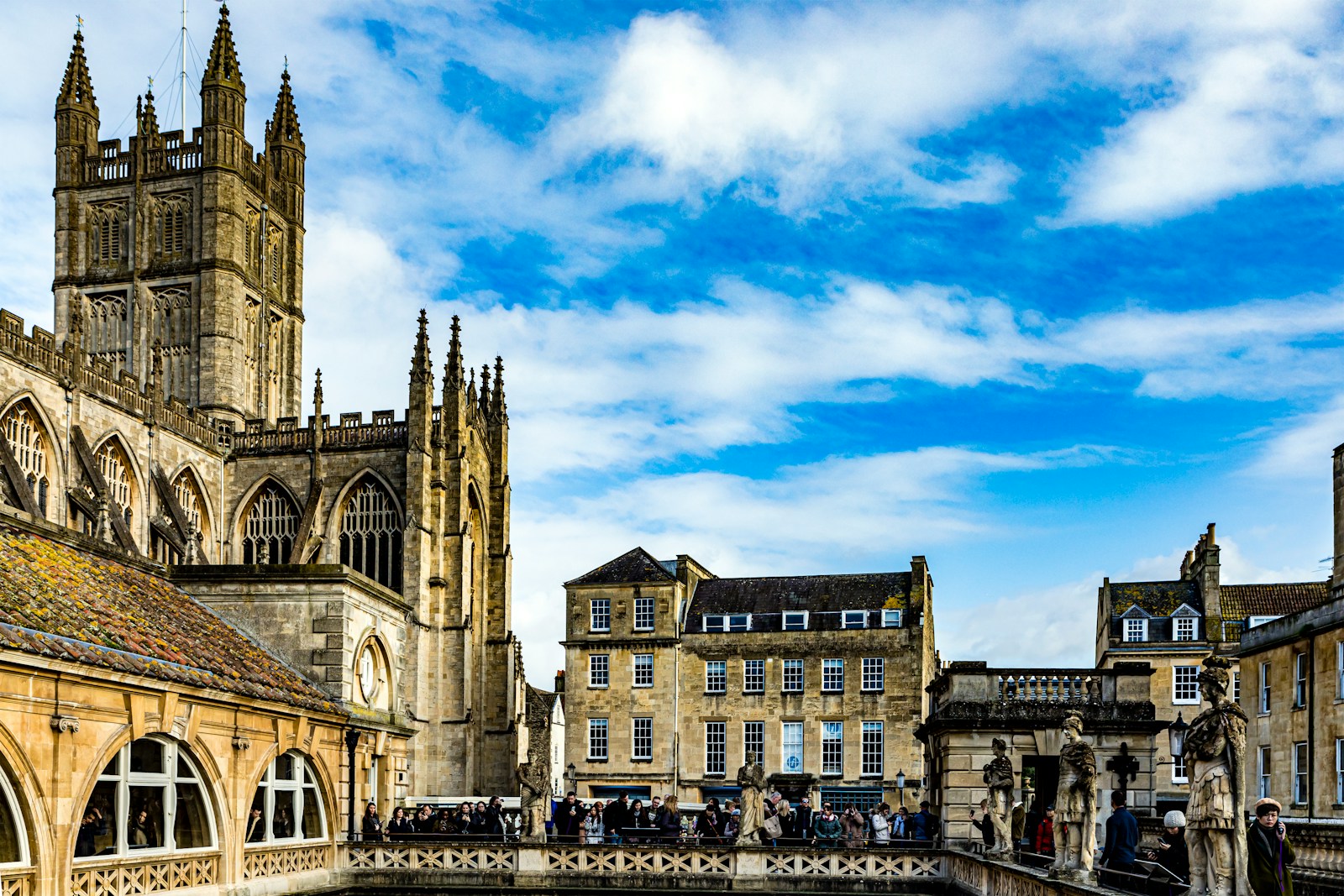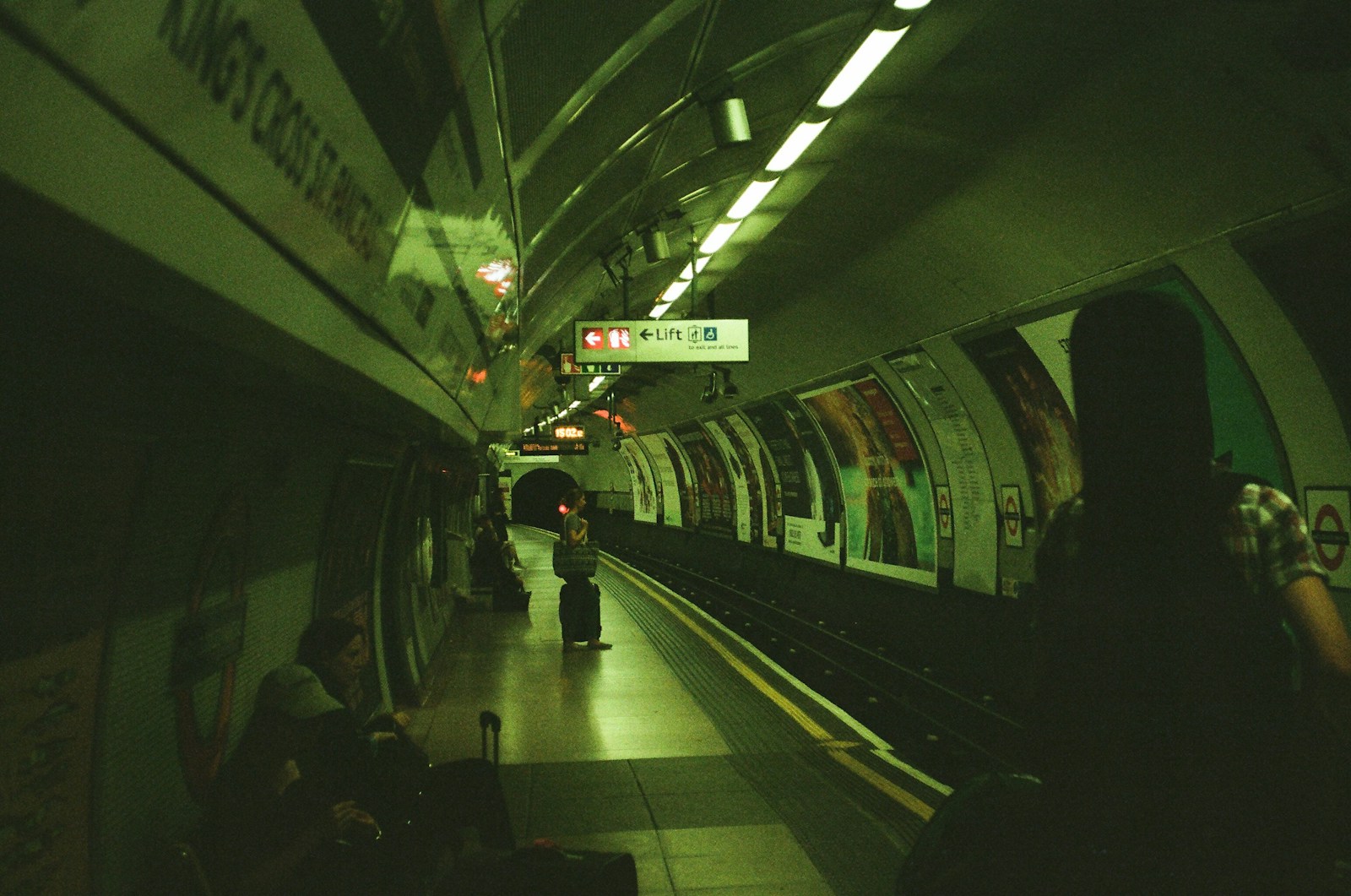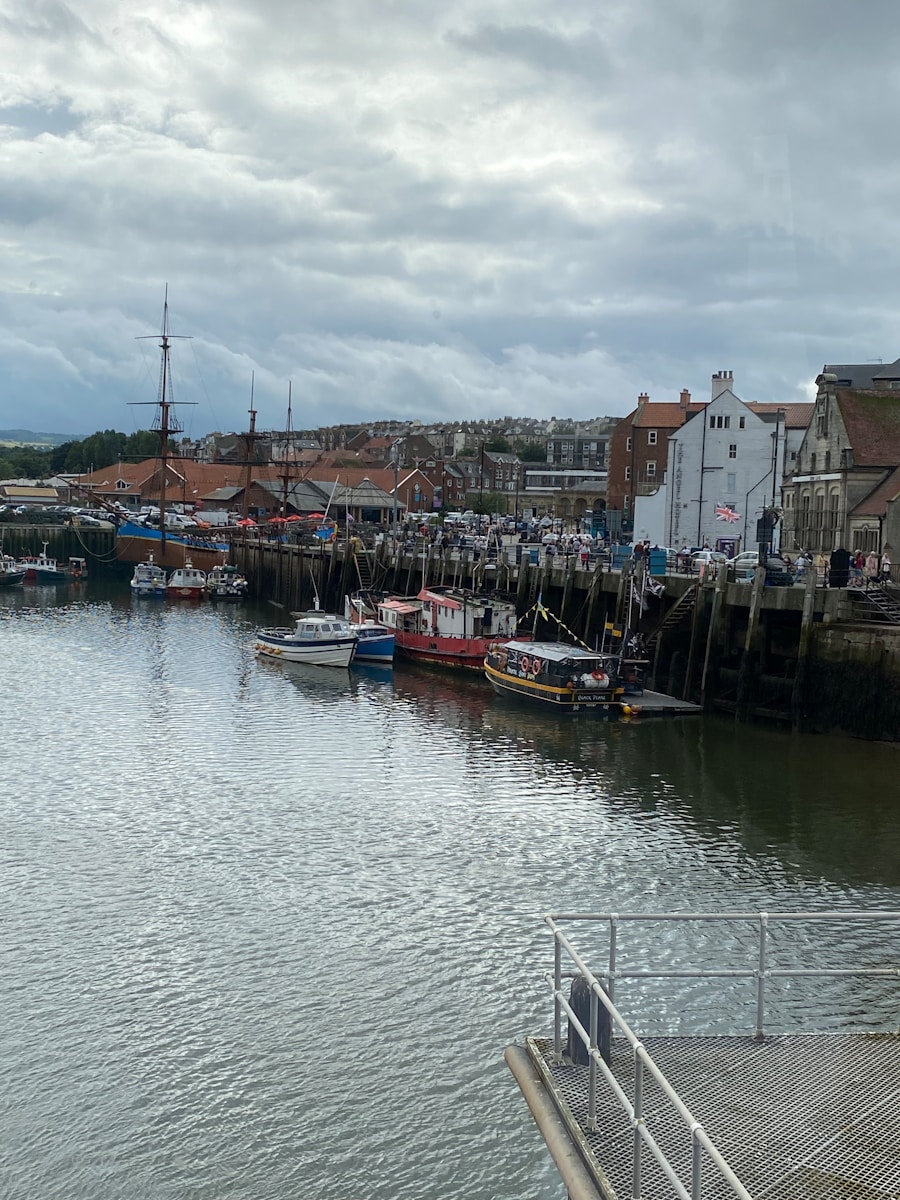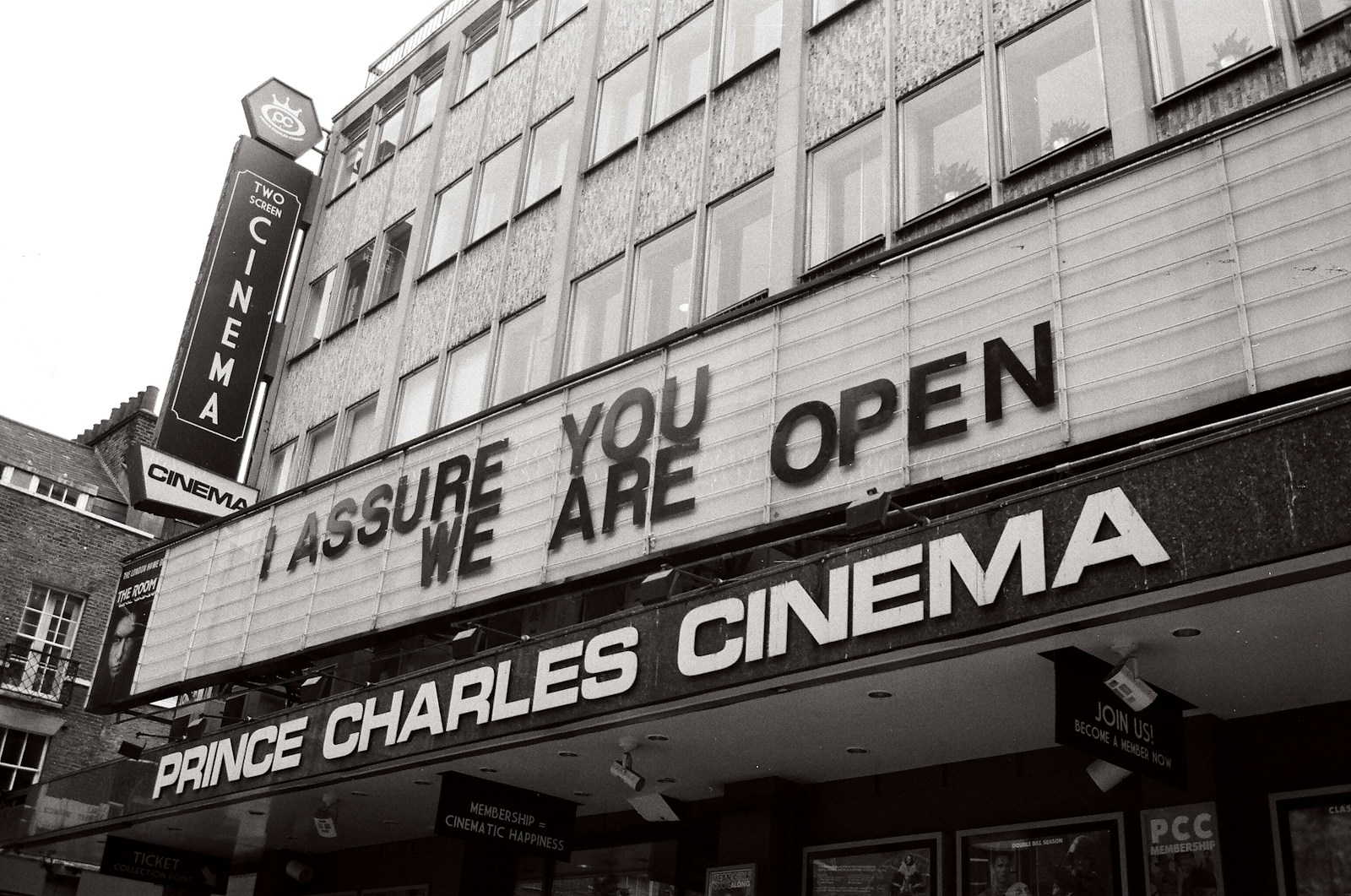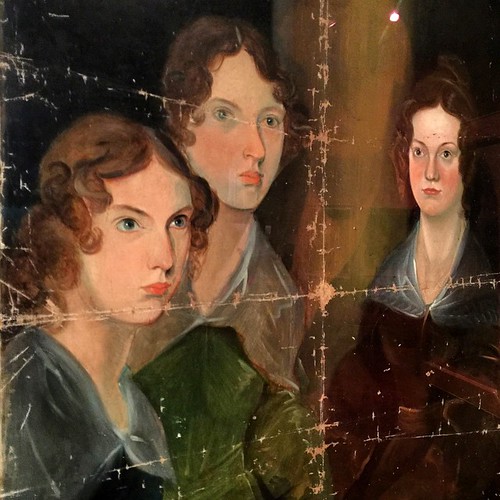
Introduction
Literature has always thrived on conflict, and what better way to spark a literary flame than through a good old-fashioned rivalry? British literary history is brimming with feuds, spats, and clashes that have not only entertained readers but have also significantly influenced the trajectory of literature itself. From poets to novelists, these rivalries illuminate the competitive nature of creativity and the profound impact of personal relationships on the literary landscape. So grab your favorite cup of tea, and let’s dive into some of the most infamous author feuds that have shaped the world of British literature.
The Brontë Sisters vs. George Henry Lewes
The Brontë sisters—Charlotte, Emily, and Anne—are known for their groundbreaking novels that challenged societal norms, but their literary journey was not without strife. One of the most notable rivalries was with George Henry Lewes, the partner of the famous novelist George Eliot. In a time when women writers faced significant scrutiny, Lewes’s critiques of Charlotte Brontë’s “Jane Eyre” sparked considerable tension.
Lewes described “Jane Eyre” as “a mere romance,” which enraged Charlotte. She believed that Lewes underestimated the depth and complexity of her characters and the themes she explored. This tension culminated in a public feud, where Charlotte defended her work against Lewes’s narrow view. This rivalry not only highlighted the struggles women faced in the literary world but also showcased how differing perspectives can elevate literature to new heights.
Virginia Woolf vs. Katherine Mansfield
The literary world of the early 20th century was a hotbed of innovation, and two key figures in this realm were Virginia Woolf and Katherine Mansfield. Both authors were at the forefront of modernist literature, yet their approaches and personal lives clashed in ways that fueled a fierce rivalry.
Mansfield’s writing was deeply personal and often focused on the minutiae of everyday life, while Woolf’s works were more experimental, weaving in stream-of-consciousness techniques. The competition intensified as both writers were vying for the attention of the same literary circles. Woolf famously critiqued Mansfield’s work in her letters, calling her an “untrustworthy narcissist,” while Mansfield was equally scathing in her portrayal of Woolf’s elitism.
The rivalry culminated in a personal and artistic schism that was exacerbated by their relationships with their respective literary circles. Both women’s works evolved in response to their rivalry, ultimately leading to innovations in narrative style. Their contrasting styles and personal animosities contributed to the vibrant tapestry of modernist literature.
T.S. Eliot vs. Ezra Pound
T.S. Eliot and Ezra Pound are often celebrated as titans of modernist poetry, yet their relationship was riddled with rivalry. While they initially supported each other’s work, their differences soon became apparent. Pound, known for his cantankerous nature, was critical of Eliot’s early work, particularly “The Love Song of J. Alfred Prufrock,” which he deemed too restrained.
However, it was Eliot’s later success that fueled further envy. As Eliot rose to prominence, he became the target of Pound’s scorn. Their strained relationship was exacerbated by differing artistic philosophies; Pound advocated for a more radical approach to poetry, while Eliot was more traditional in his sensibilities.
Despite their rivalry, both poets influenced each other’s work significantly. Eliot’s poetic style evolved partly due to Pound’s criticisms, leading to masterpieces like “The Waste Land.” Their mutual animosity showcases how competition within the literary world can push authors to new creative heights, even as it fosters tension.
The Romantic Poets: Byron vs. Wordsworth
In the world of Romantic poetry, few rivalries stand out as much as that between Lord Byron and William Wordsworth. While both poets contributed immensely to the Romantic movement, their visions of poetry were vastly different. Wordsworth championed nature, simplicity, and the sublime, while Byron was known for his flamboyant style, emotional intensity, and exploration of darker themes.
Byron openly criticized Wordsworth in his poetry, famously mocking him in “Don Juan,” where he described Wordsworth as a “lumbering” poet. Wordsworth, in turn, was less than impressed with Byron’s lavish lifestyle and his tendency to indulge in scandal. The tension between them reflected broader societal changes as Romanticism evolved into a more modern sensibility.
Their rivalry was not merely personal; it represented a clash of ideologies within the Romantic movement itself. While Wordsworth sought to elevate the ordinary, Byron’s work often gravitated toward the extraordinary and the tumultuous. This dynamic debate between their approaches led to a broader exploration of poetic themes that would resonate through generations.
The Pre-Raphaelites: Rossetti vs. Swinburne
The Pre-Raphaelite Brotherhood, founded in the mid-19th century, aimed to bring a fresh perspective to art and literature. Among its leading figures were Dante Gabriel Rossetti and Algernon Charles Swinburne. While both were friends and collaborators, they eventually found themselves at odds over artistic direction, personal relationships, and even romantic entanglements.
Rossetti’s intense and often melancholic poetry contrasted sharply with Swinburne’s exuberant style. Swinburne was known for his bold exploration of themes such as sexuality and rebellion, while Rossetti often delved into the realms of love and loss. Their feud was further fueled by Rossetti’s complicated relationships with women, particularly Elizabeth Siddal, which Swinburne critiqued.
Their rivalry ultimately pushed both poets to refine their craft. Rossetti’s work became more introspective, while Swinburne embraced a more daring approach. The tensions within the Pre-Raphaelite movement led to some of the most compelling poetry of the era, showcasing how personal and artistic rivalries can result in literary innovation.
Zadie Smith vs. Martin Amis
In contemporary literature, the rivalry between Zadie Smith and Martin Amis has captured the attention of readers and critics alike. Both authors are prominent figures in British literature, yet their perspectives on society and narrative styles diverge significantly. Amis, known for his acerbic wit and dark humor, has often critiqued the cultural landscape in which Smith’s works thrive.
Smith’s novels, such as “White Teeth,” reflect a rich tapestry of multiculturalism and social issues, while Amis’s works lean toward a more traditional, albeit often cynical, examination of life. Their disagreements have played out in literary discussions and interviews, with Amis questioning Smith’s focus on social issues and character development.
This rivalry represents a generational clash, with Smith embodying a new wave of writers who challenge societal norms, while Amis often harkens back to a more classic approach. Their differing views on literature’s role in society have sparked debates that continue to shape contemporary British literature.
Conclusion
Literary rivalries provide us with a fascinating glimpse into the minds of the authors, revealing the intense passion that fuels their creativity. The feuds and tensions between these legendary writers have shaped not only their own careers but also the broader landscape of British literature. Each rivalry has contributed to a rich dialogue that continues to inspire new generations of writers and readers alike.
From the Brontë sisters to Zadie Smith, these conflicts remind us that literature is not just about the words on the page; it’s about the relationships, rivalries, and the human experiences that make storytelling an enduring art form. So next time you dive into a novel or a poem, remember the fierce battles that may have brewed behind the scenes—after all, literature thrives on conflict, and there’s always a story to tell!

